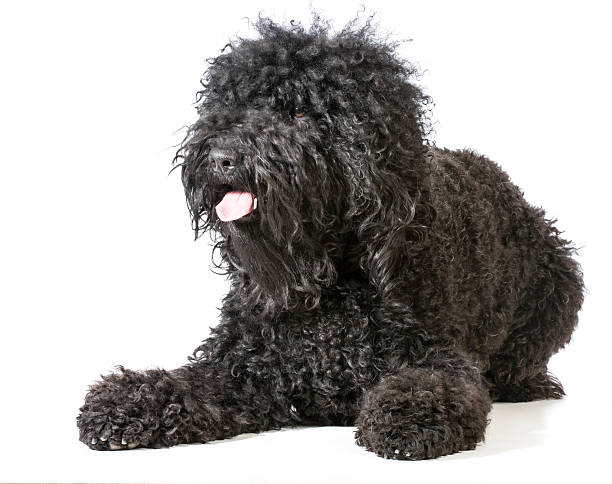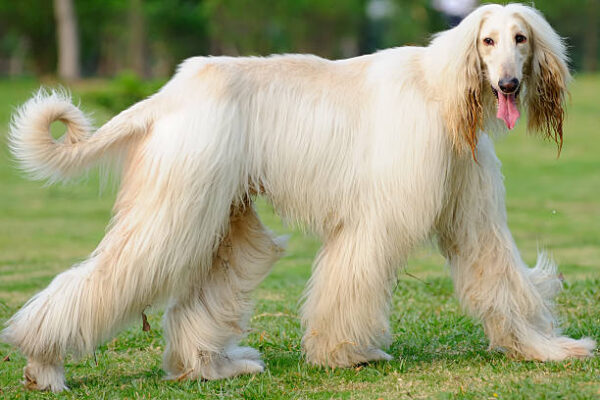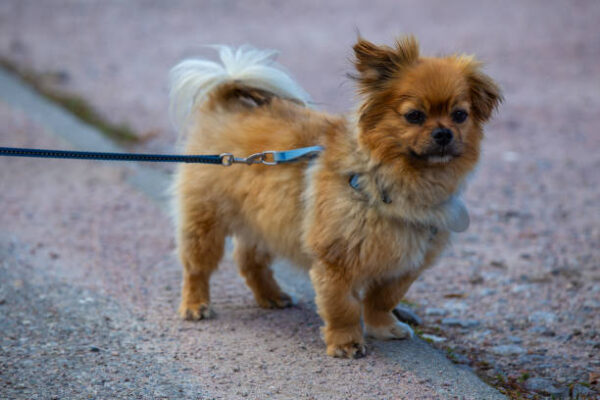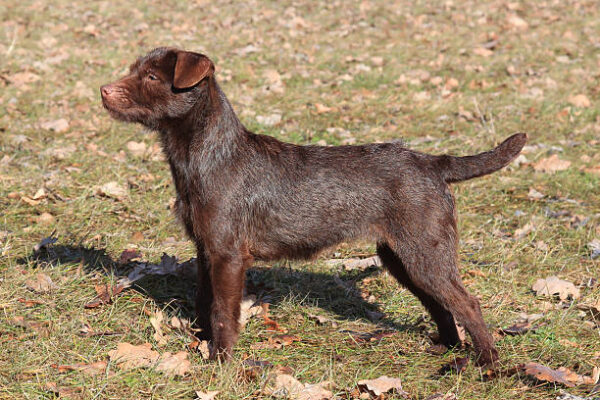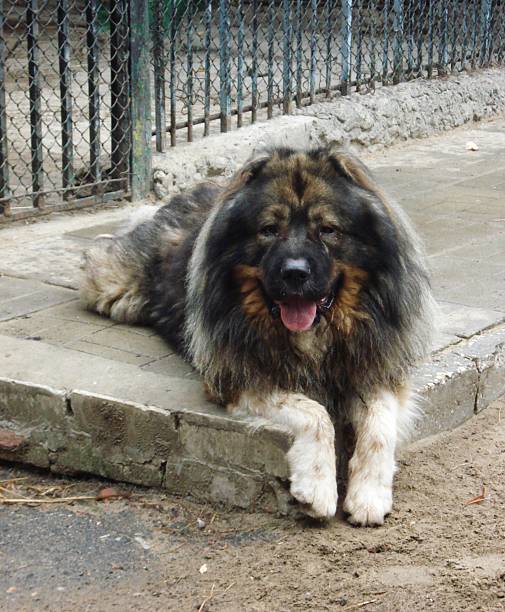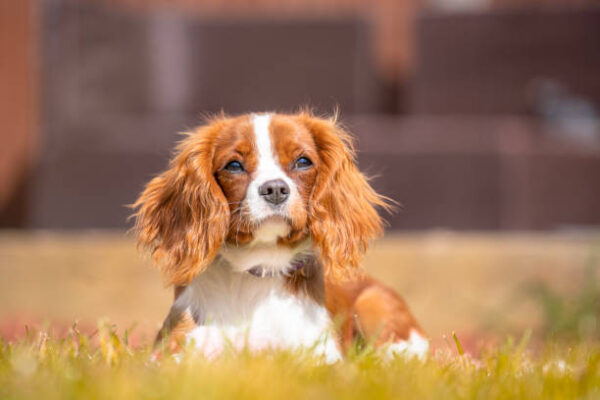Your cart is currently empty!
Barbet
Barbet The Barbet (pronounced Bar-bay) is a French retriever and water dog whose origins can be traced back to at least the 1700s. Traditionally, the Barbet was used to flush and retrieve waterfowl in the marshes and lakes of France, and it is thought that the breed was used in the development of other breeds […]
Description
Barbet
The Barbet (pronounced Bar-bay) is a French retriever and water dog whose origins can be traced back to at least the 1700s. Traditionally, the Barbet was used to flush and retrieve waterfowl in the marshes and lakes of France, and it is thought that the breed was used in the development of other breeds like the Poodle (originally a duck retriever also) and the Curly Coated Retriever.
General appearance
Rustic, medium size, athletic, with balanced proportions. A dense covering of curly hair and a distinctive beard which gives the breed its name. Substantial head and bone.
Characteristics
Hardy gundog with well-developed senses. Intelligent and energetic.
Temperament
Responsive, loving, loyal and sociable, with even disposition.
Head and skull
Strong, wide and large. Skull rounded and broad, occiput not prominent. Well-defined stop. Head planes parallel. Muzzle square, slightly shorter than skull and fully covered with hair. Beard well furnished, length in keeping with overall coat. Nose large, with well-opened nostrils, fully pigmented, in harmony with coat colour.
Eyes
Medium size, round, expressive, dark hazel to dark brown in colour. Fully pigmented eye rims harmonising with overall coat colour, fawn dogs having brown or black pigment.
Ears
Long, flat and wide, covered entirely by long hair. Set at, or slightly below, eye level. Ear leather extends beyond corner of mouth, with hair extending past the nose.
Mouth
Jaws strong with a perfect, regular and complete scissor bite, i.e. upper teeth closely overlapping lower teeth and set square to the jaws. Lips thick and fully pigmented, with tight flews.
Neck
Short and strong.
Forequarters
Shoulders oblique, upper arm sloping, strong and muscular. Forearm straight and well boned.
Body
Firm, level topline. Length of body, from point of shoulder to point of buttock, slightly greater than height at withers. Well-developed, broad, deep chest reaching the elbows. Ribs rounded but not barrel shaped. Loin slightly arched, short and strong.
Hindquarters
Moderately angulated with low hocks. Rear pasterns upright.
Feet
Round, broad and covered with hair. Well padded.
Tail
Low set, reaching the hock and forming a slight hook at the tip. The end of the tail is carried slightly above the horizontal in motion. Never curved or curled over the back.
Gait/movement
Easy, powerful, balanced movement with strides of medium length. Topline remains level.
Coat
A defining characteristic. Hair is profuse, water resistant and covers the whole body evenly with thick, natural curls ranging from large and loose to small and tight. Skin is thick. The coat can be presented in different lengths. Working clip acceptable provided there is enough length that the texture and curl can be seen. Stylised trimming unacceptable as rustic appearance must be maintained.
Colour
All shades of black, grey, brown, and fawn, with or without white. Solid white or white with markings in one of these colours.
Size
Ideal height: dogs 58-65 cms (22¾-25½ ins); bitches 53-61 cms (20¾-24 ins). With a tolerance of +/- 1cm.
Faults
Any departure from the foregoing points should be considered a fault and the seriousness with which the fault should be regarded should be in exact proportion to its degree and its effect upon the health and welfare of the dog and on the dogs ability to perform its traditional work.
Note
Male animals should have two apparently normal testicles fully descended into the scrotum.
